Zone-wise landscaping ideas in the United States are pivotal in how homeowners design their outdoor spaces. This approach is dictated primarily by the climate and region in which one resides. The United States, with its vast geographical expanse, encompasses varying climates. Landscaping in the USA, thus, demands a tailored approach that considers these zones. What are the 4 types of landscape? They are formal, informal, naturalistic, and modern.
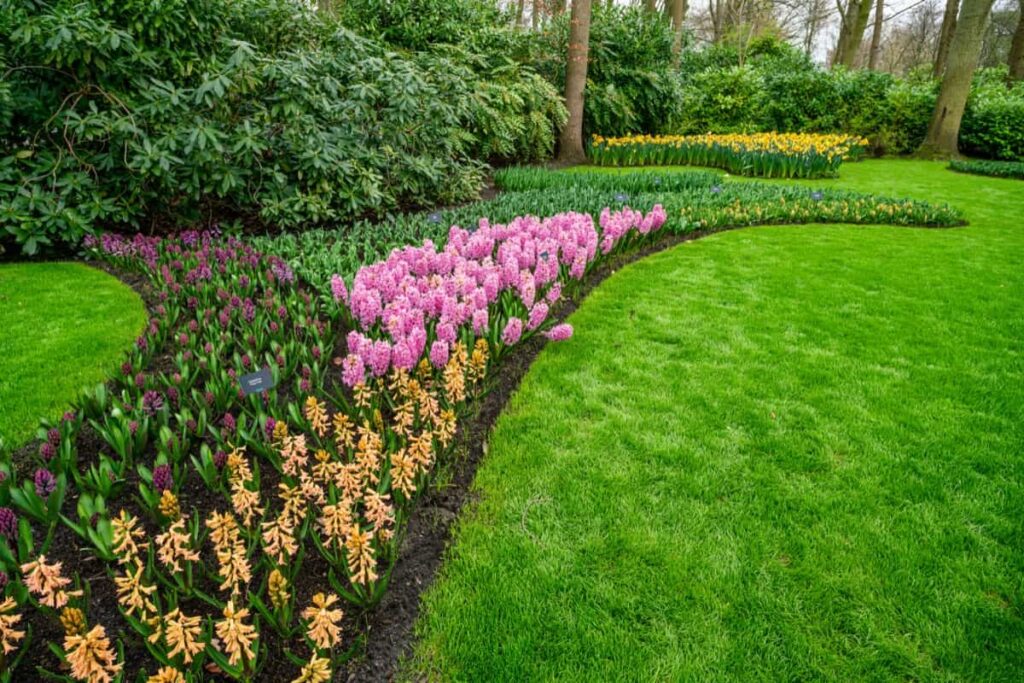
Alongside these, the principles of landscape design emphasize unity, scale, balance, simplicity, and diversity. Water-wise landscaping is a recent trend, especially in dry areas like Utah. This concept, termed drought-tolerant landscaping, emphasizes plants and designs that can thrive with minimal water. An inexpensive drought-tolerant landscaping approach is, therefore, not only environmentally savvy but also cost-effective.
Zone-wise Landscaping Ideas in the United States
Understanding Drought-tolerant Landscaping for Backyard and Front Yard
Drought-tolerant landscaping caters to regions with low water availability, employing plants and materials resilient to water scarcity. What is water-wise landscaping? Simply put, it’s a strategy that optimizes available water by incorporating plants that require little to no additional irrigation.
This idea has gained popularity, especially in states with water restrictions or those that experience prolonged dry seasons. It’s also noteworthy that while water-wise landscaping in Utah might be a hotspot given its arid conditions, this strategy is also becoming relevant for many other parts of the country.
Benefits of Drought-tolerant Landscaping in Different Zones
Opting for drought-tolerant landscaping can yield numerous advantages regardless of your zone. Firstly, it reduces water bills, as the plants require less frequent watering. It’s also environmentally friendly, preserving precious water resources. Maintenance is generally lower since these plants are adapted to thrive in their natural habitats, hence cutting down on both time and money for homeowners.
In case you missed it: Apple Picking Season in the United States: State-wise Harvest Guide for When to Pick Apples
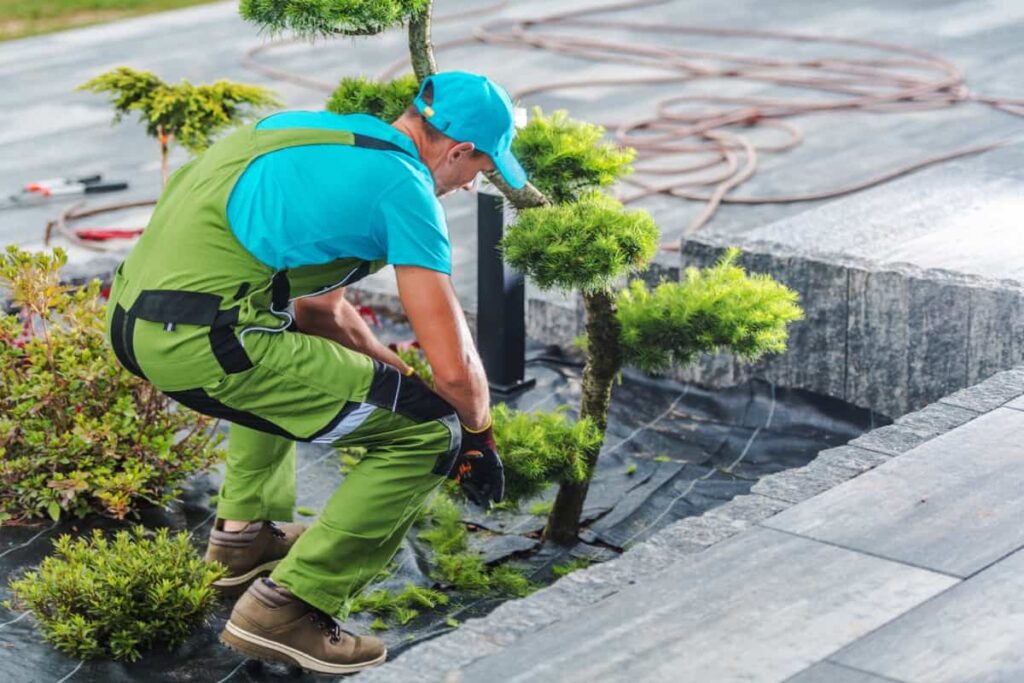
Moreover, these environments tend to resist pests and diseases better, reducing the necessity for chemicals. Lastly, they add a unique aesthetic appeal to yards, blending beauty and sustainability.
Zone 1: Drought-tolerant Landscaping Ideas and Cost Analysis
Zone 1, which primarily encompasses the cold northern states, might not seem an obvious choice for drought-tolerant plants. However, even these areas can experience dry spells. Homeowners can integrate plants like the Russian Sage, Lamb’s Ear, or the Butterfly Weed. These plants thrive in cooler climates and are quite resistant to drought conditions.
The cost of setting up a drought-tolerant garden in this zone might range from $2 to $10 per square foot, depending on the plants chosen and the intricacy of the design. This initial investment, however, can lead to long-term savings in terms of water bills and maintenance costs.
Zone 2: Implementing Drought-tolerant Landscaping in Your Backyard and Front Yard
Zone 2 covers a transitional region, where states experience a mix of temperate and cooler climates. Drought-tolerant landscaping can be a boon for homeowners in states like Washington, Oregon, and parts of Northern California. Plants like the Blue Fescue, Stonecrop, or the Coral Bells are apt for this zone.
Establishing a water-wise garden here may cost between $3 to $12 per square foot, factoring in the soil preparation, plant varieties, and design intricacies. But much like Zone 1, the long-term savings and reduced maintenance benefits make this investment worthwhile.
Zone 3: Cost-effective Drought-tolerant Landscaping Solutions
Zone 3 spans a moderately temperate region in the United States, covering states such as portions of Michigan, Wisconsin, and parts of the Northern Plains. Drought-tolerant plants like Sedum, Coreopsis, and Blanket Flower can be prominently incorporated here. Cost-effectiveness is paramount in this zone, where landscaping budgets may be tighter.
Planting budget-friendly drought-resistant landscaping can cost anywhere from $3 to $11 per square foot. However, these upfront expenses are offset by decreased long-term maintenance and water bills, presenting a cost-effective solution for Zone 3 homeowners.
Zone 4: Creating a Beautiful and Water-efficient Landscape Design
Encompassing regions with a mild climate, Zone 4 covers states such as Missouri, Illinois, and parts of the Midwest. In this zone, the focus shifts to merging aesthetics with water efficiency. Suitable plants for this area include Echinacea, Lavender, and Russian Stonecrop. Homeowners can create a captivating yet water-efficient landscape design by pairing these plants with efficient watering systems like drip irrigation. Costs for such landscapes in Zone 4 typically range between $4 to $13 per square foot, dependent on the variety of plants and intricacy of the overall design.
In case you missed it: 10 Best Harvesting Machines in the USA for Small-Scale and Large-Scale Farms: Prices Included
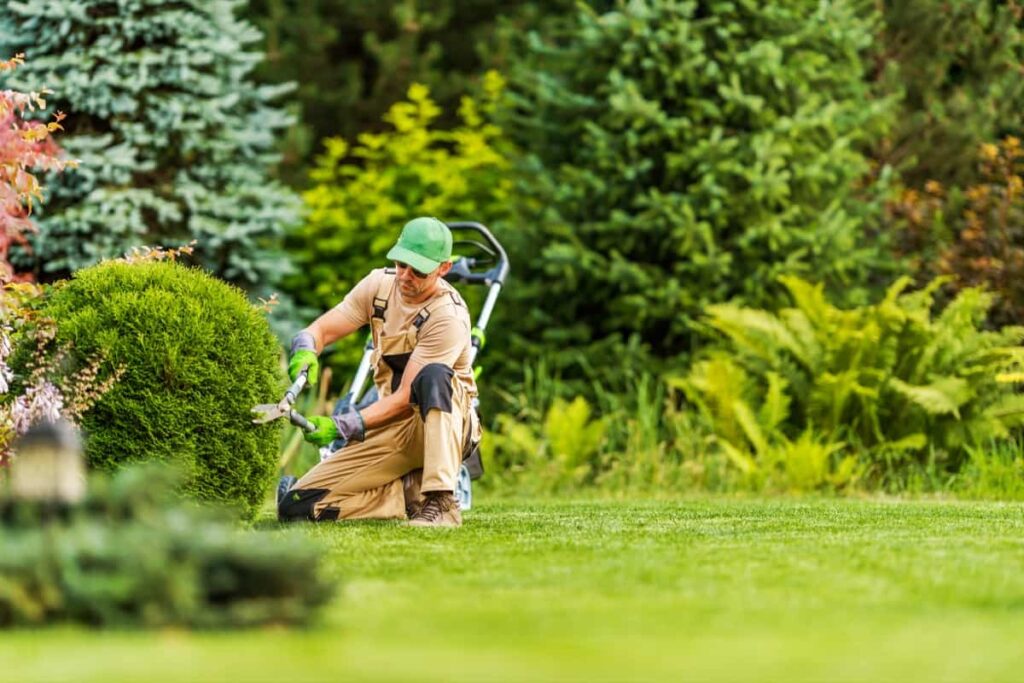
Zone 5: Drought-tolerant Plants and Hardscape Elements for Your Yard
Zone 5 has a broad range of climates, covering areas from parts of Nebraska to regions of Colorado. Homeowners can pair drought-tolerant plants with hardscape elements for a comprehensive yard solution. Plants like Yarrow, Agastache, and Blue Oat Grass thrive in these conditions. These can be complemented with hardscape elements such as gravel paths or stone patios, which require no water and minimal maintenance. The combined landscaping cost with plants and hardscape components might range from $5 to $14 per square foot in Zone 5.
Zone 6: Incorporating Native Plants into Your Drought-tolerant Landscape
Zone 6 stretches across parts of Nevada, Utah, and New Mexico. Here, the emphasis is on using native plants naturally acclimated to the local climate and soil conditions. Native plants like Penstemon, Sagebrush, and Desert Marigold conserve water and enhance local biodiversity. Leveraging these plants can make landscaping both sustainable and unique. The cost of introducing native, drought-tolerant plants in Zone 6 landscapes can vary from $4 to $12 per square foot, reflecting the diversity and availability of native species.
Zone 7: Low-maintenance Landscaping Ideas for Dry Climates
Zone 7 comprises the hotter and drier regions, including Arizona, Texas, and Southern California. Here, low maintenance and drought resistance are crucial. Succulents like Aloe, Agave, and Sempervivum are perfect choices. These plants withstand high temperatures and minimal rainfall and add texture and color to landscapes.
Paired with mulching and appropriate soil amendments, these plants can thrive with little care. The investment for setting up a drought-tolerant garden in Zone 7 might oscillate between $5 to $15 per square foot. Still, the long-term savings from reduced water usage and maintenance are significant.
Zone 8: Xeriscaping Techniques for Water Conservation in Landscaping
Zone 8 incorporates parts of the Southeastern US, including regions of North Carolina, South Carolina, and Georgia. Here, xeriscaping – a method focused on water conservation using drought-tolerant plants and soil that reduces water evaporation – becomes pivotal. Suitable plants for this zone include Muhly Grass, Lantana, and Salvia.
When these plants are combined with mulches and decomposed granite pathways, the result is a landscape that conserves water yet remains vibrant. Costs in Zone 8 for such a xeriscaped garden can vary between $6 to $16 per square foot, contingent upon design complexity and selected materials.
Zone 9: Designing a Sustainable Landscape with Drought-resistant Plants
Zone 9 has its fair share of warm temperatures, covering parts of Florida and California’s coastline. Designing a sustainable landscape means selecting plants that can withstand these conditions. Drought-resistant plants like Oleander, Bougainvillea, and Spanish Lavender are apt for such regions. When paired with appropriate soil amendments and mulches, these plants create an ecosystem that demands minimal irrigation. In Zone 9, homeowners can expect costs ranging from $6 to $17 per square foot, factoring in plant choices and design features.
In case you missed it: 11 Best Beekeeping Suits for Men and Women: Prices Included for Beekeepers in the USA
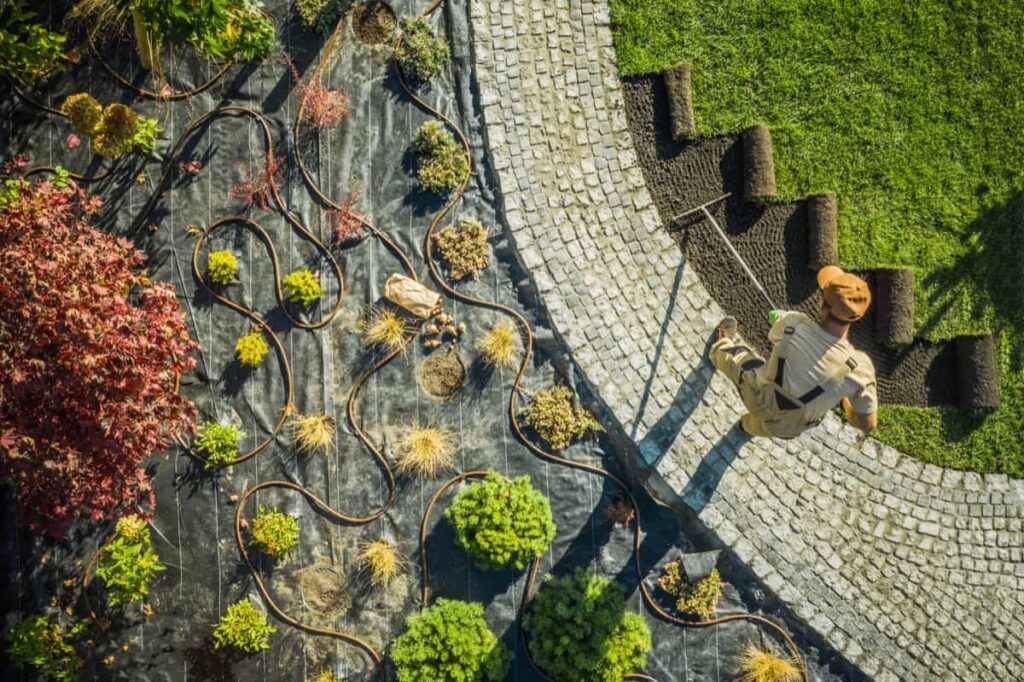
Zone 10: Enhancing Curb Appeal with Drought-tolerant Landscaping Features
Zone 10 has even warmer climates, including Southern Florida and California. In such areas, landscaping isn’t just about sustainability but also aesthetics. Drought-tolerant plants like Succulents, Palms, and Birds of Paradise can create stunning focal points. By adding features like decorative rocks and artfully placed potted plants, homeowners can achieve a balance between beauty and water conservation. For a comprehensive drought-tolerant landscape in Zone 10, costs might range between $7 to $18 per square foot.
Zone 11: Creating a Lush and Water-efficient Front Yard Oasis
In Zone 11, which covers the hottest areas like parts of Arizona and California’s deserts, creating a lush appearance without over-relying on water can be challenging. Yet, with plants like Aloe Vera, Agave, and Red Yucca, this is achievable. These plants can be interspersed with gravel beds, stone paths, and strategic shading to craft a front yard that feels like an oasis without being water-intensive. Costs in this zone for such a landscape can oscillate between $7 to $19 per square foot, dependent on design intricacies.
Zone 12: Transforming Your Backyard into a Drought-resistant Paradise
Zone 12, although not officially recognized in all USDA hardiness maps, can be considered an extension of the hottest regions. Here, the goal is to transform backyards into beautiful and resilient paradises. Plants like the Golden Barrel Cactus, Paddle Plant, and Elephant’s Foot can thrive in these conditions. Paired with rock gardens and permeable patios, these landscapes conserve water and become a haven for relaxation. Setting up a backyard retreat in Zone 12 with these drought-resistant features may cost between $8 to $20 per square foot, reflecting the balance between sustainability and luxury.
Zone 13: Budget-friendly Drought-tolerant Landscaping Ideas and Tips
While Zone 13 isn’t traditionally recognized in the USDA hardiness maps, let’s consider it extremely hot and arid. Homeowners in such climates often look for affordable ways to maintain appealing landscapes without overspending on water. Hardy plants like the Desert Spoon, Century Plant, and Rock Purslane can be primary selections here.
Gravel beds and local stones can be used as decorative elements that require no water. Homeowners can cut down initial and ongoing expenses by avoiding lawns and instead focusing on these naturally thriving plants and elements. Budget-friendly landscaping in Zone 13 can be achieved at costs ranging from $6 to $15 per square foot.
Zone 14: Incorporating Artificial Turf for Low-maintenance Landscapes
In hypothetical Zone 14, where heat and dry spells may dominate, one innovative approach to maintain a green look year-round is through artificial turf. This solution mimics the aesthetic of a lush lawn without watering, mowing, or fertilizing. Surrounding the turf with drought-tolerant plants like Rosemary, Texas Ranger, and Desert Marigold creates a harmonious and low-maintenance yard. While the initial investment for synthetic turf installation ranges from $8 to $20 per square foot, its low maintenance and absence of watering needs can result in long-term cost savings.
In case you missed it: Alpaca Farming in the USA: Step-by-step Guide for Cost, Profits, and Breeding
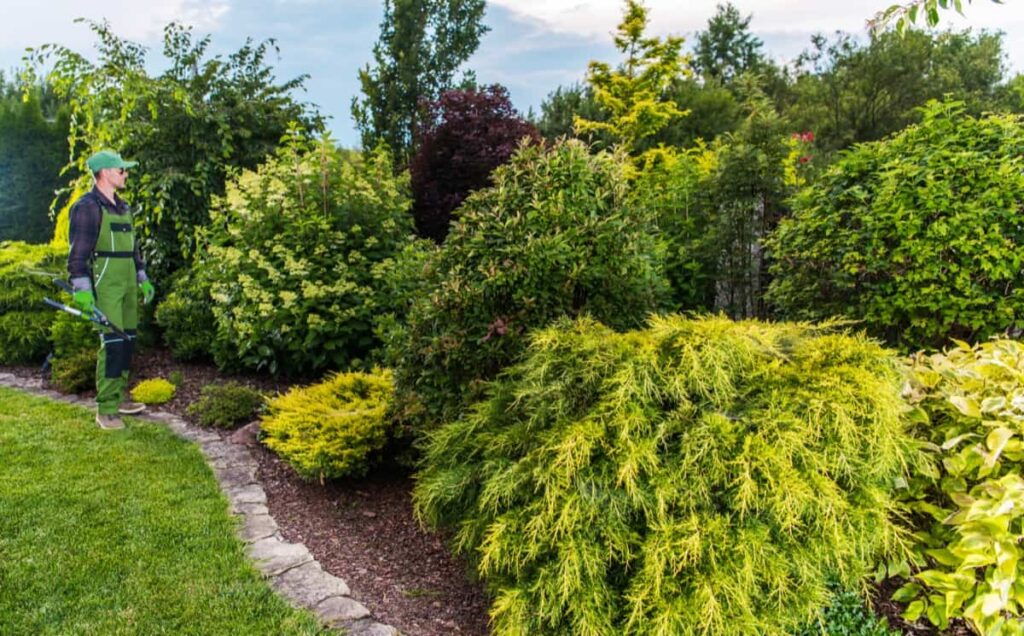
Zone 15: Using Mulch and Ground Covers to Conserve Water in Landscaping
Mulches and ground covers play a crucial role in an extremely water-conscious zone like Zone 15. Mulches, whether organic like wood chips or inorganic like pebbles, help retain soil moisture, prevent evaporation, and reduce weed growth. Ground covers such as Creeping Jenny, Stonecrop, and Ice Plant add aesthetic appeal and cover the soil, further reducing water loss.
Implementing these in landscaping can help significantly reduce the frequency and amount of irrigation. Depending on the type and quality of mulch and ground covers used, costs for Zone 15 landscaping can vary between $7 to $18 per square foot.
Zone 16: Implementing Rainwater Harvesting Systems in Your Landscape Design
Utilizing every drop becomes crucial for areas in Zone 16, where water conservation is paramount. Implementing rainwater harvesting systems in landscape designs is a wise choice here. These systems collect rainwater from roofs, directing it to storage tanks or garden beds. This collected water can be used for irrigation, reducing reliance on external water sources.
Plants like Feather Grass, Blue Fescue, and Bush Morning Glory, which thrive on minimal water, can be paired with these systems for optimum utilization. The costs for setting up rainwater harvesting systems and a drought-resistant garden can range between $10 to $25 per square foot, considering the infrastructure and storage capacities.
Zone-wise Landscaping Cost for Backyard and Front Yard
| Zone Name | States Included | Landscaping Cost Range |
| Northeast Zone | Massachusetts, Rhode Island, Connecticut, Maine, New Hampshire, Vermont, | $5,000 – $10,000 |
| Southeast Zone | Florida, Georgia, Alabama, Louisiana, Mississippi, Arkansas, Tennessee | $3,000 – $6,000 |
| Southwest Zone | Arizona, New Mexico, Nevada, Utah | $4,000 – $8,000 |
| Midwest Zone | Illinois, Indiana, Ohio, Michigan, Wisconsin, Minnesota | $4,000 – $8,000 |
| West Coast Zone | California, Oregon, and Washington | $5,000 – $10,000 |
| Rocky Mountain Zone | Colorado, Wyoming, Montana, Idaho | $3,000 – $6,000 |
| Pacific Northwest Zone | Washington and Oregon | $4,000 – $8,000 |
| South Central Zone | Texas, Oklahoma, and Kansas | $3,000 – $6,000 |
| Mountain West Zone | Utah, Nevada, and Arizona | $3,000 – $6,000 |
| New England Zone | Maine, Massachusetts, Rhode Island, New Hampshire, Vermont, and Connecticut | $4,000 – $8,000 |
| Mid-Atlantic Zone | New York, Delaware, New Jersey, Pennsylvania, Maryland, and Washington D.C | $4,000 – $8,000 |
| Southern Plains Zone | Texas, Oklahoma, Kansas, and Missouri | $3,000 – $6,000 |
| Gulf Coast Zone | Louisiana, Mississippi, Alabama, and Florida | $3,000 – $6,000 |
| Great Lakes Zone | Michigan, Wisconsin, Minnesota, Illinois, Indiana, and Ohio | $4,000 – $8,000 |
| Appalachian Zone | West Virginia, Virginia, Tennessee, Kentucky, and North Carolina | $3,000 – $6,000 |
| Rocky Mountain South Zone | Arizona, New Mexico, and Utah | $3,000 – $6,000 |
| Pacific Northwest Coastal Zone | Washington and Oregon | $4,000 – $8,000 |
| Southwest Desert Zone | Arizona, New Mexico, and Nevada | $3,000 – $6,000 |
In case you missed it: How to Grow Marigold at Home in the USA: From Seeds and Cuttings in the Backyard, and Pots
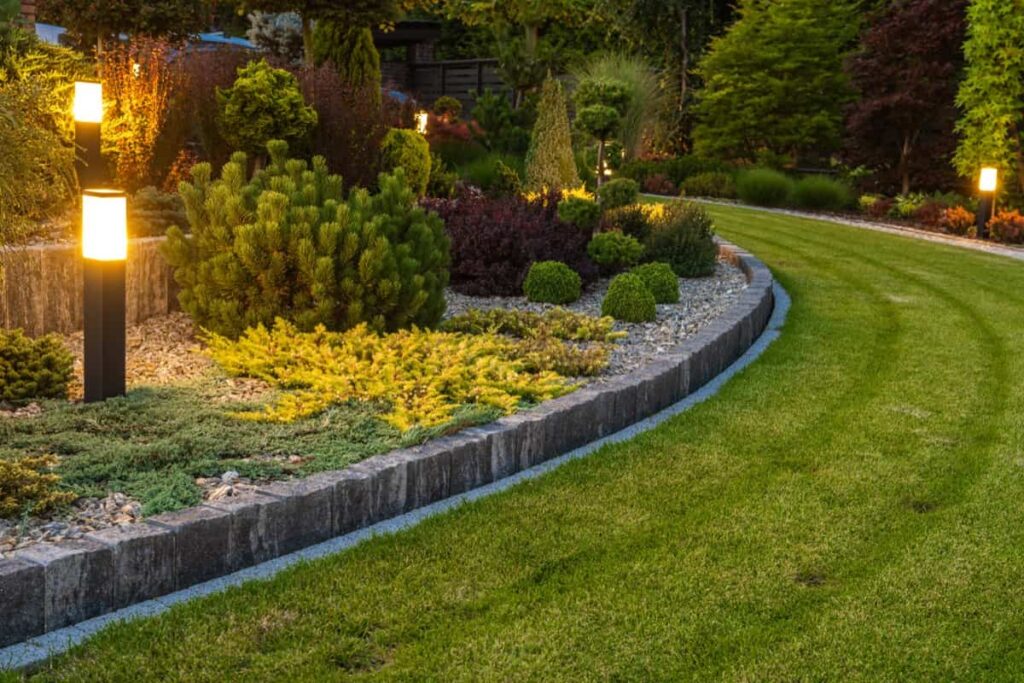
Conclusion
Embracing drought-tolerant landscaping techniques across various zones promotes sustainability and offers homeowners aesthetic and economic benefits. As climates shift, these approaches ensure vibrant, resilient outdoor spaces irrespective of water constraints.
- Aquaponic Farming at Home: A Step-By-Step Guide
- Profitable Village Farming Business Ideas in 2024
- High-Yield Aquaculture: Fast-Growing Fish for Farming
- Effective Fish Pond Construction Techniques for Beginners
- Irrigation and Water Management in Pineapple Farming
- Blossom to Harvest: Mastering Flowering and Pollination in Papaya Farming
- Pig Fattening Essentials: From Selection to Sale for Beginners
- Raising Wagyu Cattle: A Complete Guide for Premium Beef Production
- Soil Types and Their Water Holding Capacity
